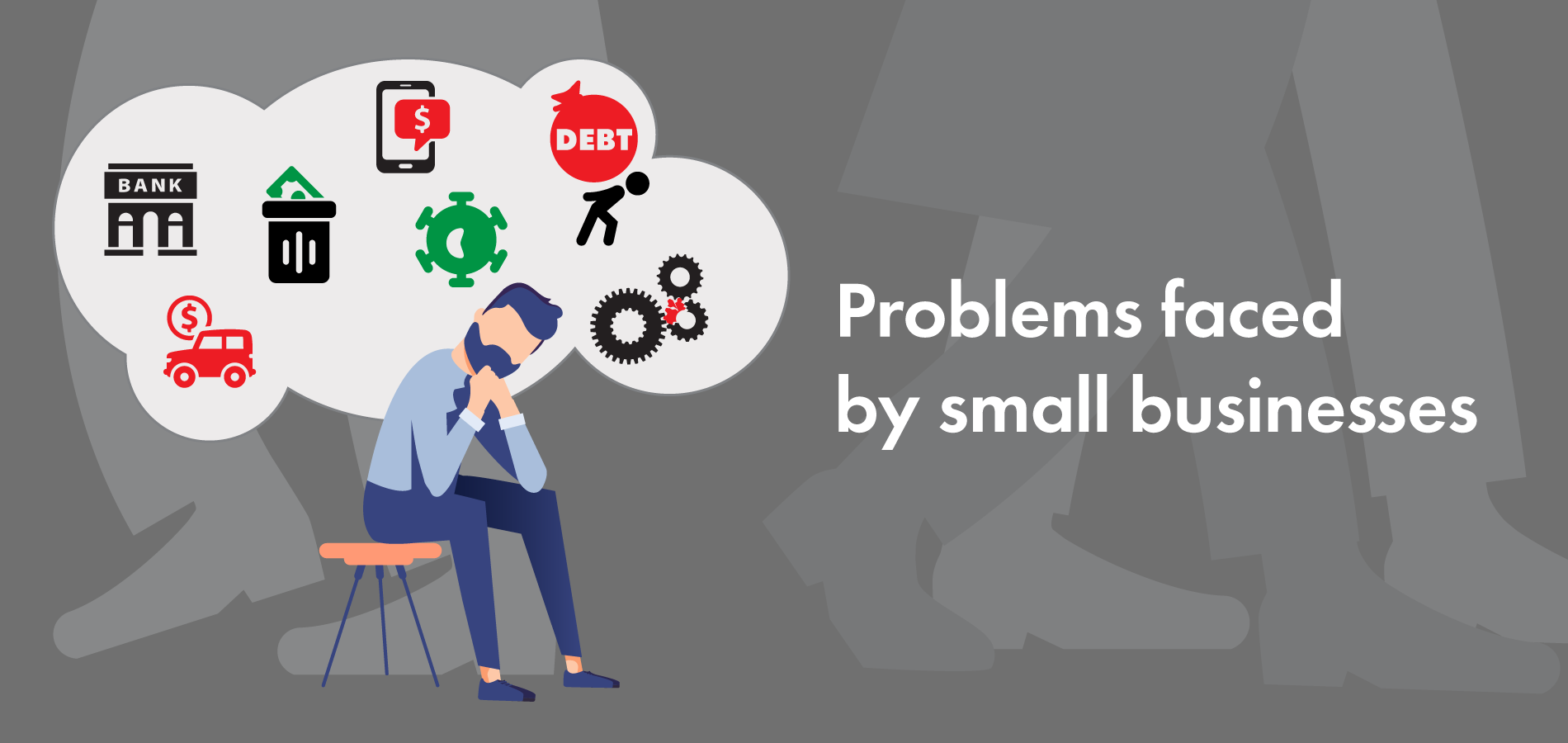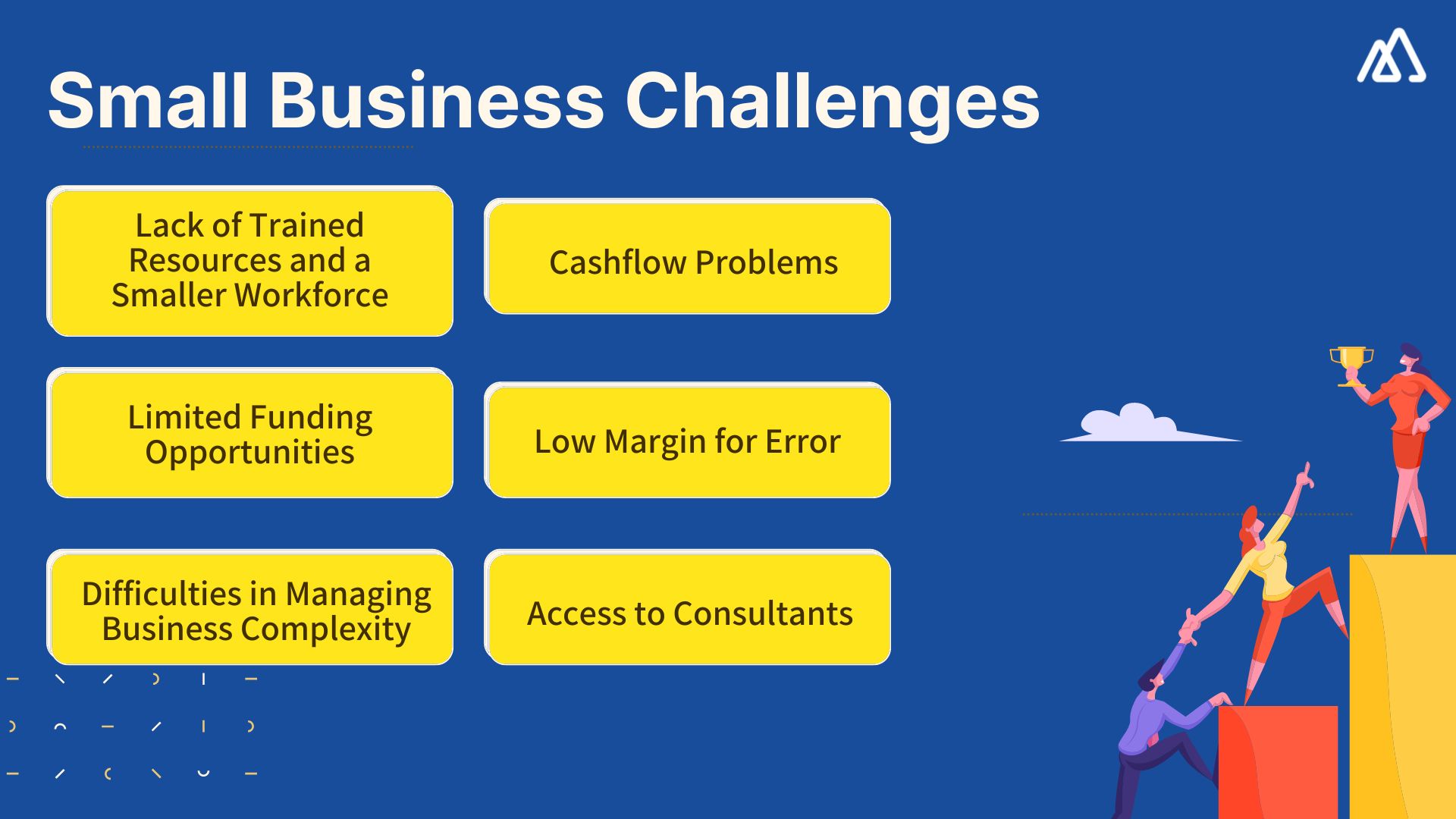Struggles Of Starting A Small Business
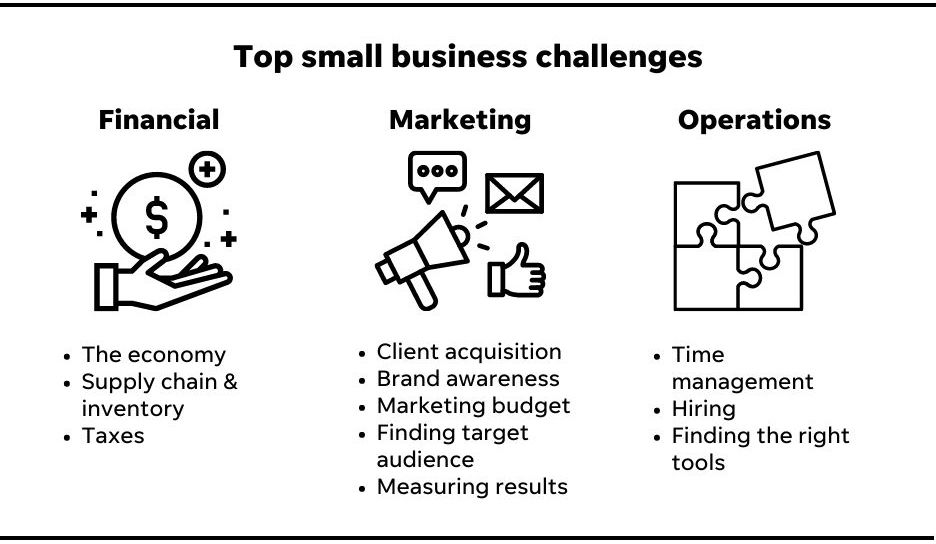
Small businesses across the nation are facing unprecedented challenges, with many struggling to stay afloat amid rising costs and economic uncertainty. The dream of entrepreneurship is increasingly clashing with the harsh realities of today's business climate.
The current economic headwinds, including inflation, supply chain disruptions, and labor shortages, are squeezing small business owners. Many are forced to make difficult choices that threaten their livelihoods and the communities they serve.
The Financial Tightrope
Inflation is a major pain point. According to the National Federation of Independent Business (NFIB), a staggering 41% of small business owners reported that inflation was their single most important problem in a recent survey.
This translates to higher costs for raw materials, supplies, and utilities, directly impacting profit margins. Businesses are struggling to absorb these costs while remaining competitive.
Rising interest rates, implemented by the Federal Reserve to combat inflation, are adding to the financial burden. Borrowing money for expansion or even daily operations has become significantly more expensive.
"We're seeing a significant decrease in access to capital," explains Maria Rodriguez, a small business consultant in Miami, Florida. "Banks are tightening their lending standards, making it harder for small businesses to secure loans."
Labor Pains and Supply Chain Woes
Finding and retaining qualified employees remains a critical challenge. The labor shortage is particularly acute in industries like hospitality and retail.
Small businesses often lack the resources to compete with larger corporations in terms of wages and benefits. They are forced to offer higher pay, further impacting their bottom line.
Supply chain disruptions continue to plague businesses across the board. Delays in receiving essential goods and materials are impacting production schedules and customer satisfaction.
Many small businesses are forced to hold more inventory, tying up valuable capital. This adds to storage costs and increases the risk of spoilage or obsolescence.
Regulatory Burdens and Digital Divide
Navigating complex regulations and compliance requirements can be overwhelming, especially for startups. The paperwork and associated costs can be a significant drain on resources.
Staying competitive in the digital age requires investment in technology and online marketing. However, many small businesses lack the expertise and resources to effectively leverage these tools.
The digital divide puts them at a disadvantage compared to larger companies with sophisticated online platforms and marketing strategies.
Example: A Local Restaurant's Struggle
Tony's Pizzeria, a family-owned restaurant in Philadelphia, is a prime example. The owner, Tony Vitale, says his ingredient costs have increased by 25% in the past year.
He's also struggling to find reliable staff. He has had to raise wages to attract workers, but profits remain squeezed.
He's considering raising prices, but fears losing customers to larger chain restaurants. Tony states that,"Its hard to see a light at the end of the tunnel".
Looking Ahead
The Small Business Administration (SBA) is offering various programs and resources to support struggling businesses. These include loan programs, counseling services, and training workshops.
However, many small business owners remain unaware of these resources or find the application process too complex. Advocacy groups are urging the government to provide more targeted assistance.
The future of small businesses hinges on their ability to adapt, innovate, and access the resources they need to survive and thrive in a challenging environment. The coming months will be critical for many.
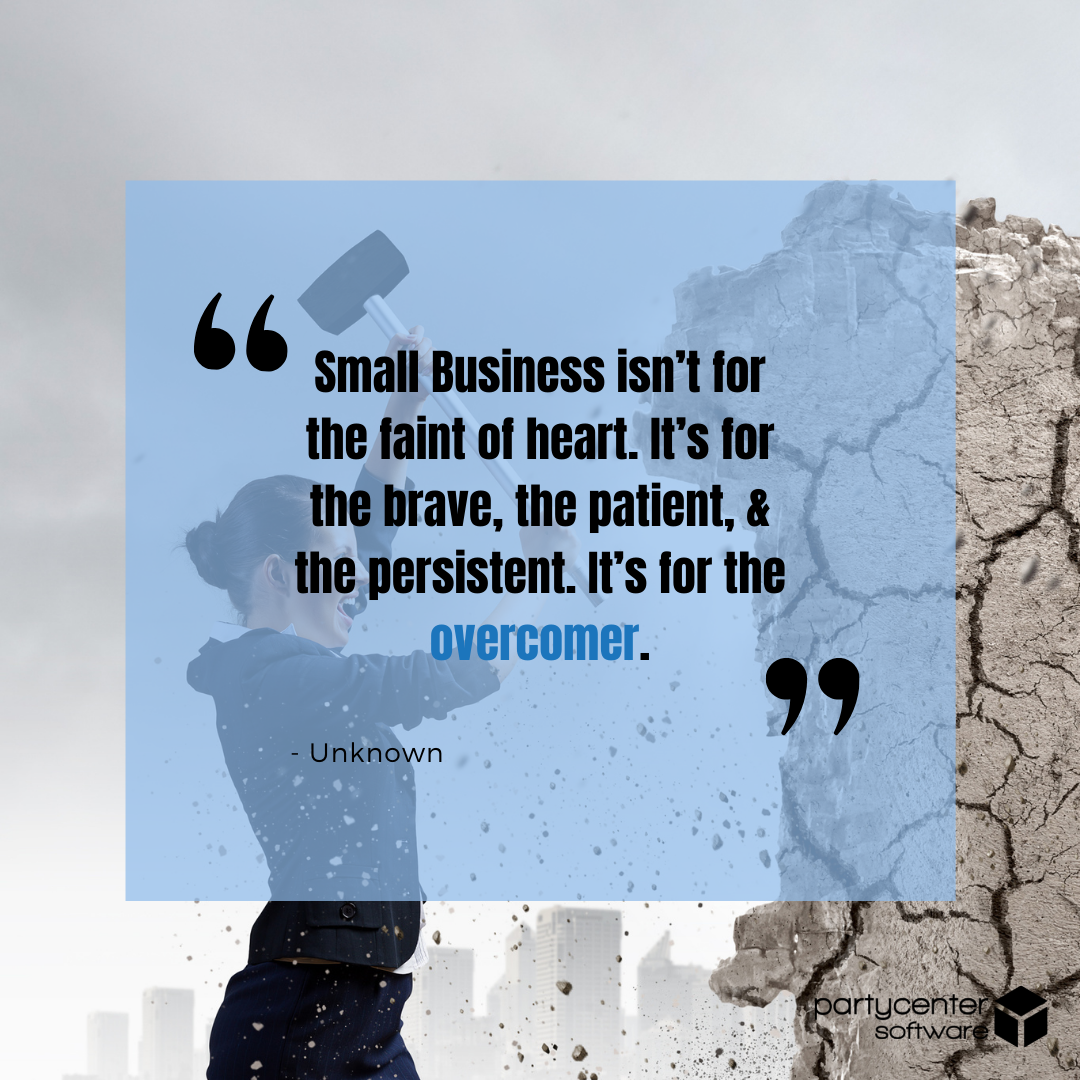

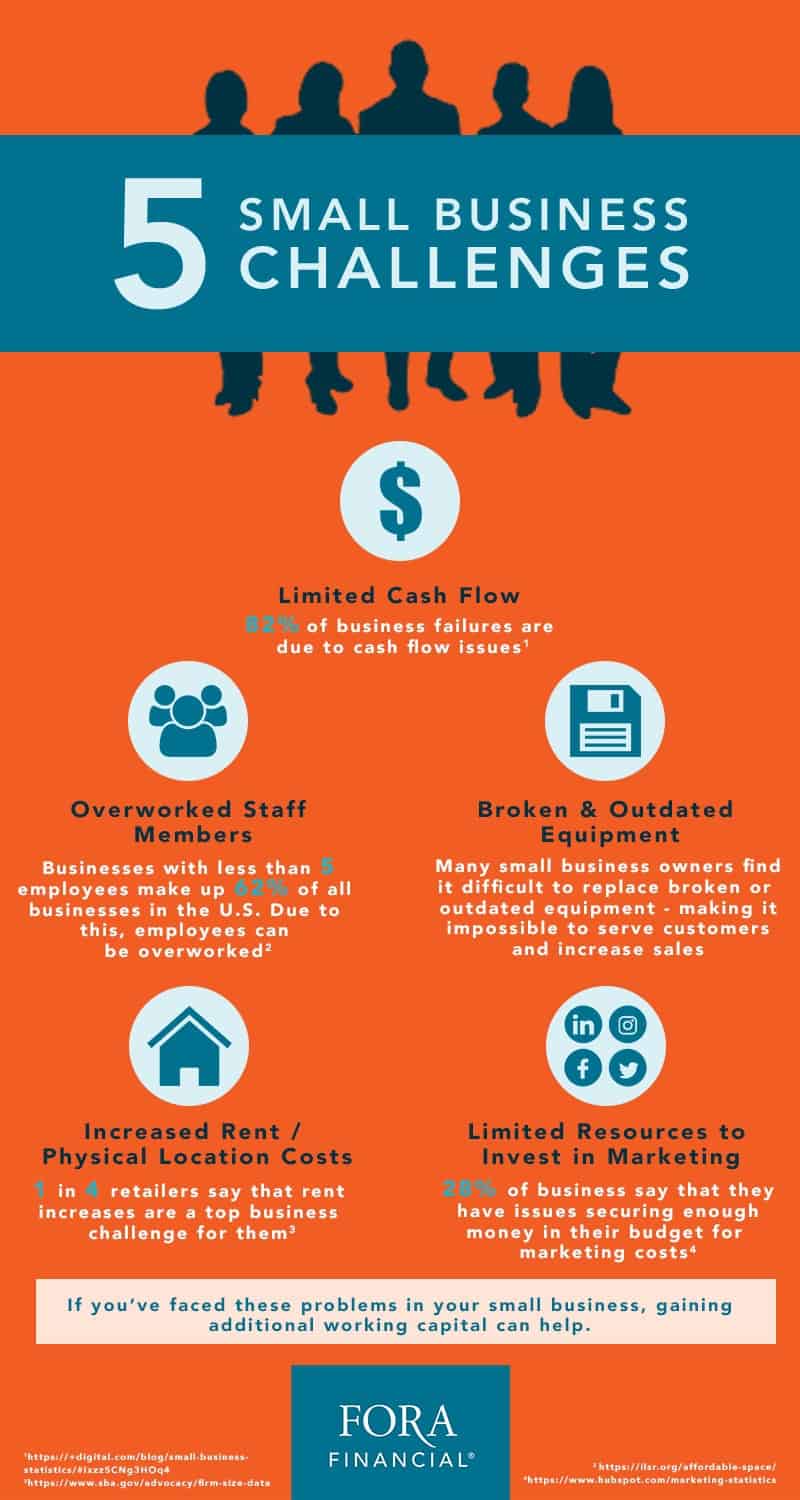


.png)
![Struggles Of Starting A Small Business How to Start a Small Business in 13 Steps [2024 Guide] - Step By Step](https://stepbystepbusiness.com/wp-content/uploads/2022/01/How-to-Start-a-Business_Challenges-1-885x1024.jpg)




